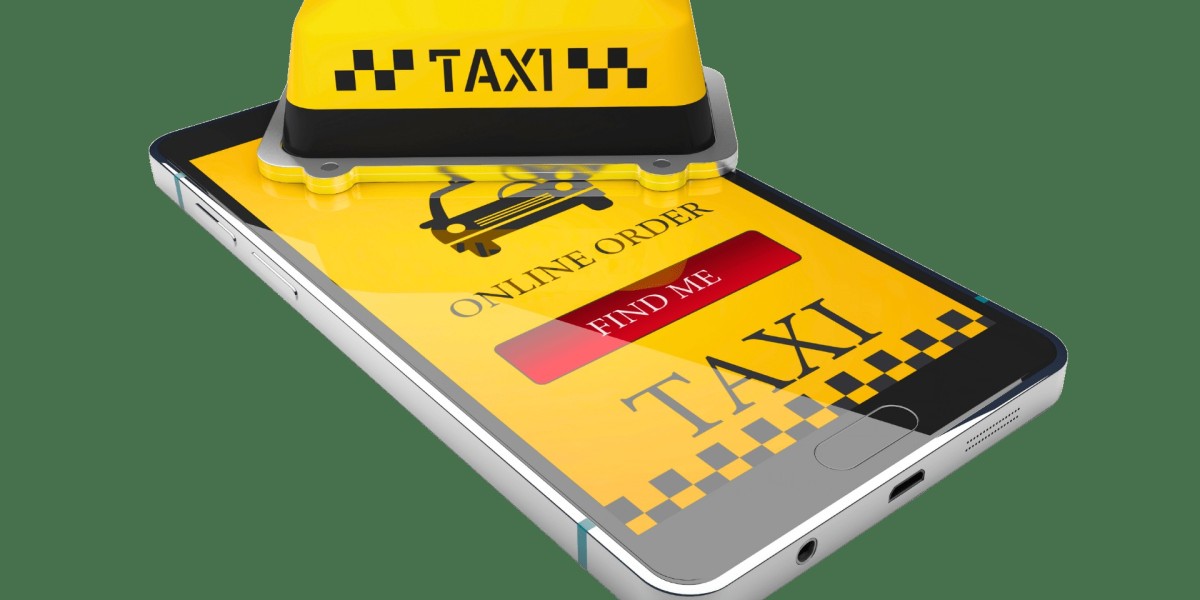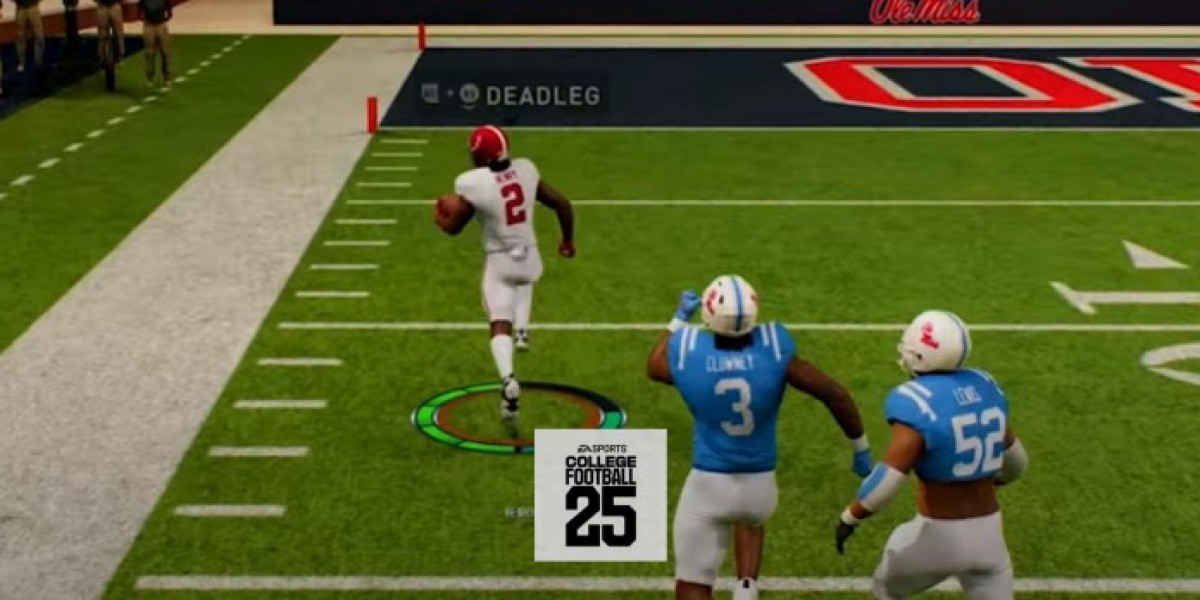Live Gesture Learning for User Customization: A Simple Guide
When you use a mobile app, you probably don’t realize how much of your behavior and preferences can be tracked and learned by the app to improve your experience. Many apps today are designed to adapt to how you use them, becoming smarter and more personalized over time. One of the ways this is being done is through something called "Live Gesture Learning." This technology is making it easier for apps to understand how you interact with your phone, offering a much more customized experience. So, what exactly is Live Gesture Learning, and why is it important for user customization? Let’s dive in and explore this technology in simple terms.
What Is Live Gesture Learning?
At its core, Live Gesture Learning refers to the ability of an app or device to learn and respond to how you physically move or gesture with it in real-time. For example, when you swipe your finger across the screen or make a particular hand motion in front of a camera, the app or device can learn from that gesture and use it to modify the app’s behavior to suit your preferences.
Imagine an app that understands when you are using two fingers to zoom in on a photo, or when you tap three times to open a specific feature. These gestures, whether subtle or more complex, are automatically recognized by the app, and over time, the app learns what actions you like to perform most frequently. The app can then use this knowledge to make future interactions smoother, faster, and more intuitive.
Live Gesture Learning can work in several ways. Some apps use it to learn from touch-based gestures, while others use sensors or cameras to detect physical movements. For example, some devices today can track your hand movements in the air without even needing you to touch the screen. This opens up a new way to interact with technology that feels natural and easy, just like using hand gestures to talk to someone in person.
How Does Live Gesture Learning Improve User Customization?
The power of Live Gesture Learning lies in its ability to make apps feel more "alive" and responsive to your needs. Over time, as the app learns from your gestures, it can tailor its actions to match your unique style of using it. Let’s take a deeper look at some of the key ways Live Gesture Learning improves user customization.
1. Personalized Interactions
When an app or device can track and learn your gestures, it begins to understand your behavior. This means it can adjust itself to meet your preferences. For example, if you always swipe left to go to your favorite feature, the app could make that feature more accessible. It might even offer shortcuts based on how you interact with the screen.
This learning process also helps the app anticipate your needs. Suppose you always zoom in on photos when browsing, and you swipe up to view more details. The app will learn to prioritize photo zooming and presenting details in an easy-to-access way, making it quicker for you to get what you want.
2. Hands-Free Control
Live Gesture Learning is particularly helpful in situations where touching the screen is not convenient or possible. Many modern apps, especially those on devices with sensors or cameras, can use gestures to allow hands-free control. You might be cooking in the kitchen, for instance, and unable to touch your phone with greasy hands. With gesture recognition, you can simply wave your hand in front of the screen to pause a video, scroll through recipes, or even skip ads.
This kind of interaction can be game-changing for people with physical disabilities as well, offering them a way to control devices without needing to touch the screen at all. The ability to make gestures in the air, or use face and eye tracking, opens up new possibilities for everyone.
3. Enhanced Accessibility
Apps that use Live Gesture Learning can also be more accessible. For example, consider someone who has trouble using a touchscreen because of a disability. With the help of gesture recognition, they could use simple movements to interact with the app, such as waving their hand or nodding their head. The app would adjust to their needs and preferences over time, making it easier for them to navigate.
In addition to helping those with disabilities, this feature can improve overall user experiences by reducing the number of physical interactions required with the device. This can help make apps more efficient and enjoyable for a wider audience.
4. Real-Time Adaptation
One of the unique aspects of Live Gesture Learning is that it happens in real-time. This means that as soon as the app detects a new gesture or behavior, it can immediately adapt to accommodate it. Let’s say you’ve never used a certain feature before but decide to try it out. The app might pick up on your hesitation or confusion through gesture recognition, and it could offer additional help or simplify the process based on how you interact with the interface.
This real-time learning helps the app to be more intuitive and adaptive to the way you use it. The app doesn’t just stay static with a fixed set of features—it evolves with you, making the experience feel more personalized and natural.
Taxi Booking App development is another great example where Live Gesture Learning could be applied. Imagine a user waving their hand to request a ride, or making a gesture to set a destination. The app would learn these gestures over time, allowing users to interact more quickly and easily.
Applications of Live Gesture Learning
Live Gesture Learning is already being used in several areas, and its applications are expanding rapidly. Let’s look at some of the real-world uses where this technology is being applied.
1. Gaming
In mobile gaming, Live Gesture Learning allows players to use hand gestures or body movements to control characters and actions within the game. Imagine a racing game where you steer by simply moving your hand in the air, or a fitness game where you perform exercises that are tracked by your phone’s camera. The more you play, the better the game adapts to your specific movements, making the experience feel more natural and immersive.
2. Smart Home Devices
In the world of smart homes, devices like smart TVs, lighting systems, and security cameras are beginning to integrate gesture control. For example, you might be able to turn on your lights with a simple wave of your hand, or adjust the volume of your TV by making a flicking motion. Over time, these devices learn your preferences and adjust themselves based on how you interact with them, making your home smarter and easier to control.
3. Healthcare and Therapy
Live Gesture Learning is also finding a place in healthcare and rehabilitation. Some apps designed for physical therapy use gesture recognition to guide patients through exercises, adapting the movements to their progress. This allows for a more customized therapy experience. In addition, gesture learning technology can help elderly people who struggle with traditional controls, offering them easier ways to interact with medical devices.
4. Retail and E-Commerce
In retail, Live Gesture Learning can change how we shop online. Imagine browsing through a catalog with just a swipe of your hand, or flipping through a virtual store without touching a screen. Apps can track gestures like pinching, swiping, or tapping, and use that information to personalize product recommendations. The more you shop, the better the app gets at understanding your preferences, offering a customized shopping experience that feels unique to you.
Challenges of Live Gesture Learning
While Live Gesture Learning offers many benefits, it’s not without its challenges. For one, it requires sophisticated hardware and software to detect and interpret gestures accurately. A phone’s camera or sensors must be able to distinguish between different types of gestures without confusion, and the app needs to process this information quickly in real-time.
Another challenge is privacy. Gesture learning involves tracking how you interact with your device, which can raise concerns about data security and user privacy. Developers must ensure that gesture data is securely stored and processed, and that users have control over what data is collected.
Moreover, some gestures may not be intuitive for all users, and users may need some time to adapt to the new ways of interacting with their devices. Developers will need to make sure the learning process is seamless and that the system is flexible enough to accommodate different types of gestures.
The Future of Live Gesture Learning
The future of Live Gesture Learning looks bright. As more devices and apps incorporate this technology, we can expect a more seamless and intuitive experience for users. In the coming years, gesture learning could become so advanced that interacting with technology will feel as natural as speaking or moving our hands. Devices will anticipate our needs, responding to our gestures in real-time, creating a more personalized and interactive experience than ever before.
In addition, as AI continues to improve, Live Gesture Learning systems will become more accurate and efficient. They will learn not just from our gestures, but from our behavior, emotions, and intentions, further improving customization and user experience.
Conclusion
Live Gesture Learning is transforming how we interact with mobile apps and devices. By learning from our gestures and adapting in real-time it helps create more personalized, intuitive experiences. Whether it’s in gaming, healthcare, retail, or even Taxi Booking App development Company, this technology is making devices smarter and more responsive to our needs. As the technology continues to evolve, it promises to make our interactions with mobile apps and other devices even more seamless and customized, making technology feel less like a tool and more like an extension of ourselves.








